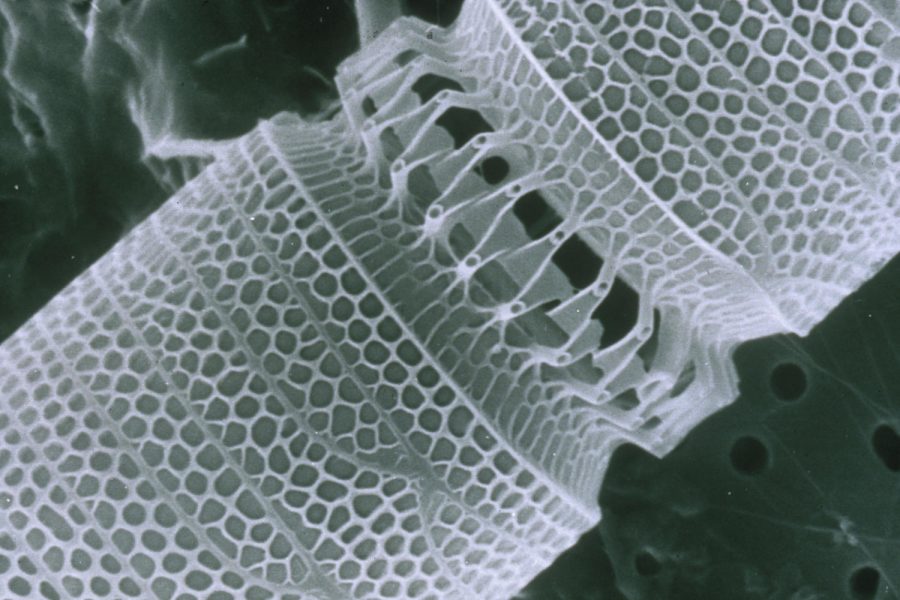Nanobots: Potential Game-Changers in Cancer Treatment

Imagine a world with no diseases. It would be an amazing world wouldn’t it? That is exactly the world, which scientists are trying to build using nanobots. Nanobots are extremely small robots with a size ranging from 0.1- 10 micrometers that can be used in various situations, for example, early detection of cancer cells, and identification and repairing of damaged cells. This is a basic research paper that mainly addresses the origins of nanobots, their advantages, disadvantages, future, and the challenges scientists face in building them. This research is significant because it will inform people about the equipment that doctors and scientists hope to be using in the next 10-15 years to cure some of the deadliest diseases and discover how exactly the greatest muscle in the human body works, the brain.
How nanobots kill cancer cells:
Nanobots kill cancerous cells by acting somewhat like white blood cells. Like white blood cells, they act as a defensive structure in the body. Nanobots track down cancerous cells and kill them without harming the healthy cells.
Who invented nanobots:
The origins of nanotechnology can be traced all the way back to physicist Richard Feynman’s speech in 1959 where he foresaw a future with technology that could store massive amounts of information. From then we have come a long way in the field of nanotechnology and are close to the ultimate goal of this field; to be able to essentially rebuild matter from the very building blocks of everything-atoms. Over the past decade, scientists have used bacteria as a reference to build to nanobots. Adriano Cavalcanti invented Nanobots for use with medical technology. Ido Bachelet, PhD., a former Wyss Postdoctoral fellow now working in Bar-Ilan University in Israel, and Shawn Douglas, Ph.D., a Wyss Technology Development Fellow, created a Nano sized robot that could be opened.
When nanobots are used and their benefits:
Nanobots are used in the medical field primarily by doctors to diagnose the early signs of cancerous cells developing in human bodies. By inserting these robots into their body system and making them fight off cancerous cells in the patient’s body.
Nanobots are prime tools for helping doctors in the medical field specifically oncologists. Currently, there are many forms of treatment for cancer, however, many if not all of these, (Chemotherapy, Radiotherapy, Surgery) are not very precise or, are invasive leading to unintended side effects such as destroying healthy cells, causing the immune system to collapse on itself.
Nanobots have multitudes of other uses besides helping oncologists. The tissue repairing mechanism can be used in multitudes of other medical fields. However, more important than that is that nanobots could potentially increase the average fitness level for a human. Nanobots are able to store at a maximum of 236 times the capacity of what our current red blood cells hold allowing us to sprint for 15 minutes with just a single breath. Besides improving athletes, this could help many people become fit which could stop the increasing disease rate due to obesity and other weight and fitness related conditions. However, as amazing as this sounds there are many ethical concerns with allowing people to become “superhumans” in a sense. Nanobots are also believed to help in delivering drugs, medical imaging, and work as storage devices.
Nanobots can likewise be programmed to make repairs at the cellular level. They can find damaged tissue in the human body and start the regenerative procedure with their DNA segments to frame new, solid tissue at the site of damage.
To convey medications to harmful cells, Nanobots must: be sufficiently small to infiltrate a tumor through veins, have the capacity to impel themselves and explore while maintaining a strategic distance from obstacles, distinguishing oxygen levels (which demonstrate dynamic malignancy cells), be biocompatible, ready to convey drugs.
Cancer cells vs. Normal cells:
Many types of cancer cells have been associated with Epidermal Growth Factor Receptor (EGFR). Cancer cells’ rapid growth means they take in abnormal amounts of nutrients (folic acid). Nanoparticles can exploit this and identify cancer cells and destroy them.
What research has been done on Nanobots in Cancer treatment:
Ido Bachelet and his team argue a major aspect of Nanorobot research and development. As of now, their nanobots are programmed to perceive 12 unique sorts of cancer cells and can assault them with stunning selectivity and exactness with no damage to surrounding issues. This research is happening mostly in leukemia and lymphoma patients.
Another group of analysts from Montreal built up an option: natural Nanobots, where nanotechnology is used to load bacteria with cancer fighting drugs and guide them to cancer cells, this has worked with mice and yet to be proven with humans.
Adverse effects of nanobot treatment:
Nanobots can send out viruses and harm the patient’s body if there is any malfunction in the robot’s structures. Nanobots, like other technology will become commercialized, soon after their projected release in 2040 and when they first become available they will not be affordable for the majority of the population. This would lead to the upper classes of society becoming enhanced leading to discrimination based on their fitness creating another social barrier in today’s already bipolarized society. In fact, the ethical concern for nanobots is so high the progress for their release might be delayed past 2040.
Challenges in making nanobots:
The ultimate goal is to make nanobots from other nanobots; a self sustaining process with a little to no outside interference, however, even with high tech equipment it takes painstakingly long to construct even one nanobot. However, even if we were to construct a nanobot there are two glaring problems; sustainable fuel sources and getting material. Getting material small enough for building nanobots is a difficult task because it has to be broken down to the nanometer level. Similarly, finding a fuel source is very hard at this level. Scientists are proposing to use radioactive atoms as a fuel source. As decay occurs, the robot would be able to continuously harness this energy and in theory make more radioactive atoms to draw energy from.
Conclusion:
The small robots ranging from 100 nanometers to 10,000 nanometers are the machines that scientists are developing, so that they can be used in multitude of situations like detection of cancer cells in early stages, identifying and repairing of damaged cells. This research helps inform people about the appliances that doctors and scientists hope to be using in the next decade to heal some of the fatal diseases and figure out how some of the complex body parts work.
For more information:
http://www.wisegeek.com/what-are-nanobots.htm#
http://www.iflscience.com/health-and-medicine/dna-nanobots-will-seek-and-destroy-cancer-cells/
http://www.nanorobotinventor.com/
http://www.microscopemaster.com/nanobots.html
http://futureforall.org/nanotechnology/nanobots.html
http://futureforall.org/nanotechnology/nanobots.html
Your donation supports the student journalists of McIntosh High School. Your contribution will allow us to purchase photography equipment and cover our annual website hosting costs.






Madhavi Koonpareddy • Sep 16, 2017 at 9:57 pm
Very informative information about Nanobots…nicely put together the information..good job Rahul